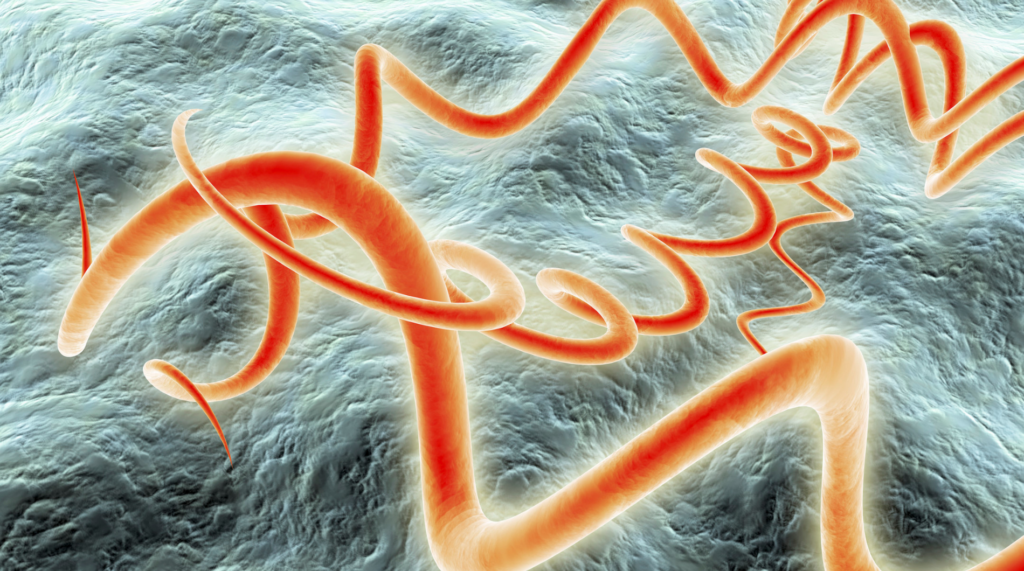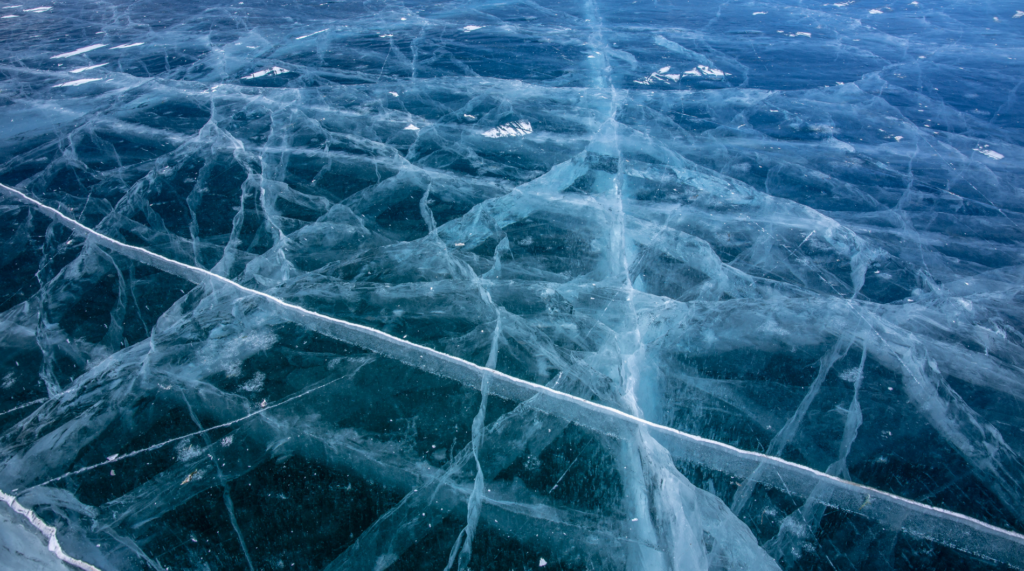The bacteria in the Siberian permafrost have been studied and found to have survived hibernating for up to 30,000 years—much longer than commonly assumed. What do they do during that time? How can they survive?
Read on to find out more amazing facts about how bacteria survived a 30,000 years-long Siberian winter.
How could bacteria survive during a 30,000 years-long winter?

Researchers have come across strains of bacteria in the Siberian permafrost that has survived over 30,000 years, which is much longer than previously expected.
A number of bacterial strains have been found to be protected inside the permafrost at a depth of between 500 and 2,000 meters (1,640 and 6,562 ft) below the surface. The samples were collected in southwestern Siberia and are found to be almost identical to those found in North America’s subarctic regions.
These bacteria survive by hibernating during summer months when temperatures rise above -20°C and persistent freezing conditions prevail. Researchers speculate that this could be due to a combination of the extremely cold winter temperatures and the bacteria’s ability to survive for long periods of time without oxygen.
Most strains identified in the study do not contain any DNA or genetic information. However, there are some strains that do have DNA in them. The researchers call these “protists” because they contain intracytoplasmic organelles and have likely lost their own DNA.
The team who discovered this says that it is “likely that protist communities are extremely resilient to seasonal freeze-thaw cycles. It seems that the protists remain alive and in dynamic disequilibrium with their surrounding water in the permafrost. This implies that these communities have an active metabolic activity deep in the permafrost. This is something that has been previously impossible to observe.”
Also read: Are plants conscious in a similar way as animals?
How could there be organisms preserved inside a deep frozen layer?

Subterranean environments are found beneath a range of different types of substrates including soil, rocks, and ice. In this so-called subarctic environment where temperatures can get up to -35°C, much of it is likely to be cold enough for microbes to survive.
However, the researchers think that the main reason why this area is such a hotspot for permafrost preservation is that the region has seen very little disturbance at ground level, allowing for the soil to be preserved in its frozen state. The Siberian area has also been largely left alone since the last Ice Age.
This means that any living organism discovered must have adapted to survive under these conditions. In fact, only a few microorganisms have likely survived over time in subarctic regions like these. These hardy organisms are resistant to freezing and are able to hide inside ice crystals until conditions start improving again.
Permafrost
Permafrost is ground that remains frozen for several consecutive years. It typically occurs in higher latitudes and high altitude locations where the mean annual air temperature remains below freezing.
It’s formed because the ground stays cool year-round while the surface layer freezes each winter. Over time, organic matter starts to decompose and forms a layer of peat humus. It remains trapped underneath a frozen solid layer above.
Estimates suggest that as much as 20% of the land in the Northern Hemisphere contains permafrost. This equates to 1.6 million square kilometers (625,000 square miles).
Concluding paragraph
So, while the notion that bacteria can survive in a winterless climate may seem like old news, these discoveries show that during long-term timescales, microorganisms can survive in the most extreme conditions.
Humanity possibly has yet to discover any microorganisms from the deepest cold biosphere located in the Siberian permafrost. However, this finding does reinforce why it’s important to preserve such regions for future study. After all, it could provide us with clues as to how other life forms have evolved in extreme environments.
- AI-Powered PCs: Overhyped Trend or Emerging Reality? - August 21, 2024
- Princeton’s AI revolutionizes fusion reactor performance - August 7, 2024
- Large language models could revolutionize finance sector within two years - March 27, 2024



